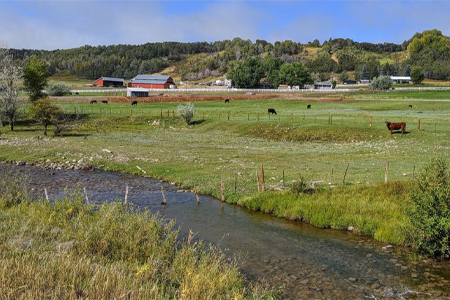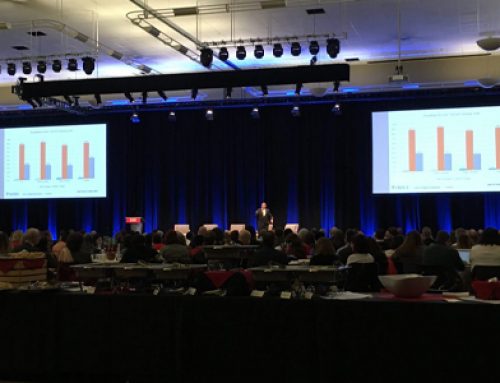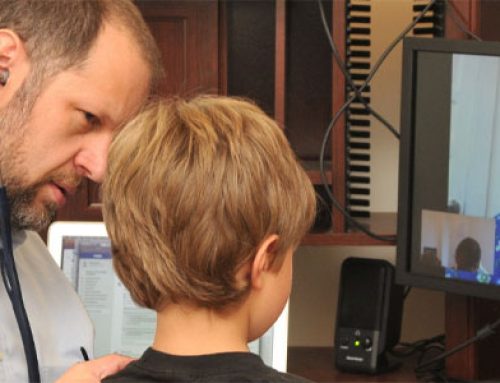by Catharine Rice
— COVID-19 has forced everyone onto the internet, whether for school, work or healthcare. The difference in how this is playing out in urban versus rural communities is being talked about in headline news, where devices are being turned off in rural households so one person can get on line, or others are working through cell phones, or driving to a spot where the local school system has added a wireless device to a parked bus so their children can complete homework.
Not to have access to modern broadband in this COVID-19 environment seems like a crime against society. But there is more to this story. We might be doubling down on the digital divide if we fail to see one of the biggest lessons of this pandemic – the lack of upstream capacity – and keep pouring grant funds into this space without insisting on large symmetrical bandwidth.
For years, in making the economic development case for why rural communities should build fiber to the home networks, we kept saying: “It’s all about the upstream.” We deepened our voices to emphasize that information producers need upstream capacity; how for doctors, lawyers, engineers, digital media artists, even real estate agents to work from anywhere they need to pull data down, yes, but more importantly, they need to be able to push data up: x-rays or large data rich documents containing images or dense blueprints. Rural areas, we said, could close the economic gap created by their barrier of geographic distance, by offering high capacity upload, as well as download speeds, and attract these knowledge workers away from urban areas to their quieter, nature-dense environments.
Now we are living the future we spoke about, and the pandemic is playing this out in spades, but not just for high end professionals –for everyone. Today, large numbers of residents are working and studying from home. Zoom, Webx and GotoWebinars are in full force. Places like Wilson, NC with its fiber to the home, symmetrical Gigabit network, has seen a 45% increase in upstream capacity use since the pandemic hit. And its network easily absorbed it. Compare this with a friend of mine from Stanly County who said she subscribes to DSL and had to disconnect all her home devices, and reduce to one iPhone and one computer, to have the capacity to sit in on a simple GoToWebinar event. Her webinar test said she needed at least 1Mbps to join the meeting, and she did not have it.
It’s ironic that during that webinar, found here, we learned that these virtual meeting software “lock up” between 1 and 3 Mb of your upstream pipeline in case you decide to speak (and we learned there are typically 10 devices in the average home). The math is beyond easy, if you are in a rural area without enough upstream capacity, you can’t participate in work from home. What does that say for the economic future for your community.
As we see more federal and state money being dedicated to closing the urban/rural broadband gap, or the Homework Gap, will we fail to respond to one stark message of this pandemic: If we don’t require high capacity symmetrical networks, we will only deepen the digital divide. Put another way, if the move to more home-based work carries on in the long term, there will be a clear advantage to communities served by symmetrical fiber networks.
Where will you choose to live?





